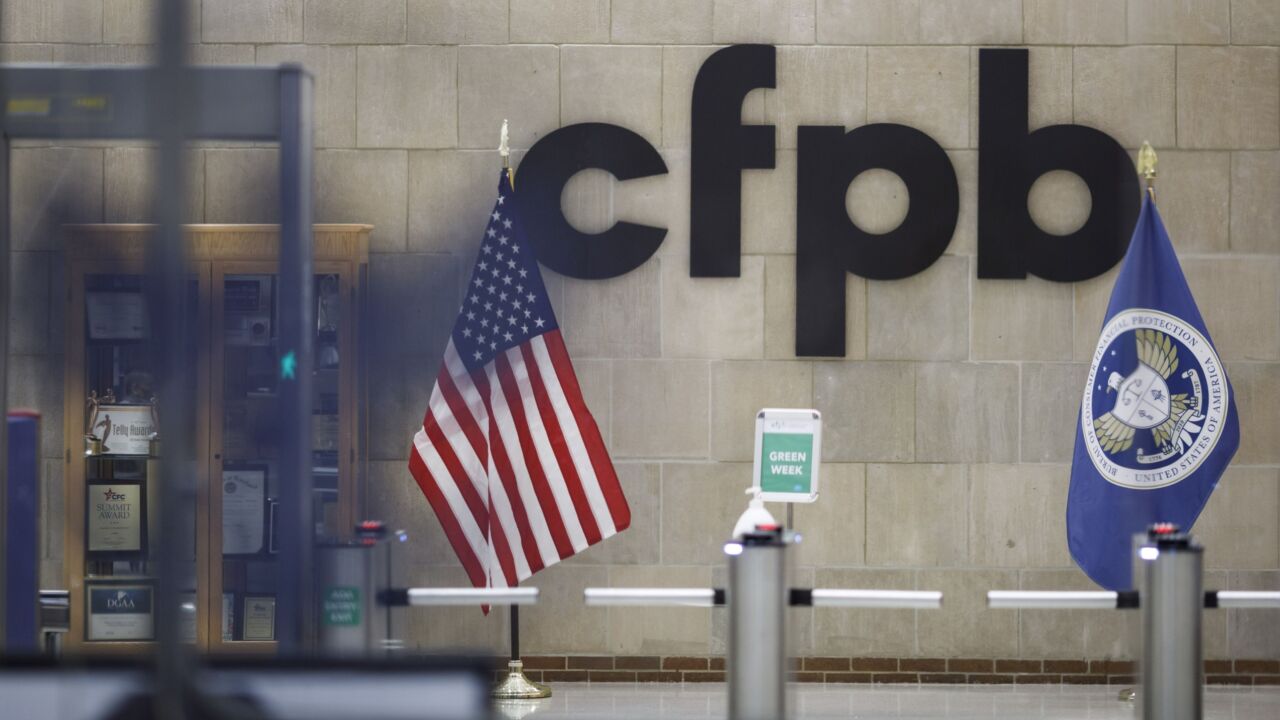Of all the stations on the BART line, Millbrae is perhaps the most ripe for development. It's a bustling transit hub wedged in the middle of a suburb, with parallel tracks where BART riders can cross the platform and catch Caltrain, walk to a bus on El Camino Real, or ride one stop to the San Francisco International Airport.
For years, Millbrae's other draw — at least for some commuters — was a vast parking lot, with a 2,100-space garage and 900 surface spaces, some of them unused. But that's about to change with a huge project expected to break ground in December, converting acres of asphalt into restaurants, plazas, a hotel, palm-lined shops and 400 apartments, including 100 for low-income tenants — 80 of them prioritized for veterans.
The price? Six hundred parking spaces. That means people accustomed to driving solo and stowing their cars in the Millbrae parking lot may have to start carpooling, bicycling or riding the bus. It's made Millbrae a test of people's willingness to bend their habits and lifestyles, and maybe accept a little inconvenience, to serve the greater good of fighting the housing crisis.
Some refuse, saying they'll drive to work instead.
"We need all the parking spots we can get," said Don Nasser, who was sitting on a bench outside Millbrae Station on Wednesday afternoon. He normally drives to BART from his home in Burlingame.
"If I can't park, the train will not be my first choice," he said.
The trade-off of parking for housing has caused anxiety and political squabbles in Millbrae. It portends more battles down the line as BART gears up to fill its asphalt lots with housing. Already, neighborhood groups are planning to revolt in North Berkeley and the El Cerrito Plaza area, angry about a new urban design that will force a shift in their habits.

"I've heard some of the same anxiety," said Millbrae Vice Mayor Reuben Holober, who praises the BART station Gateway project while acknowledging the backlash. It took nearly a decade of bickering before the City Council approved Gateway on a 3-2 vote, after several "extremely divisive" hearings in City Hall, Holober said. Even today, on the eve of construction, some city officials oppose the development.
"If we expect anyone to take public transportation, then they need to park," said City Councilwoman Gina Papan, one of the dissenting votes. "I'm not sure I would have put any housing there."
Others welcome this new vision of urbanism.
"I think it's a really good thing," said Sam Halim, a San Bruno resident who was riding his bicycle at Millbrae Station on Wednesday. "I'm less worried about the parking lot than about having affordable housing for people."
Construction will occur in phases, beginning when crews restripe the garage on the west side of the lot, which will remain open and available to commuters. A portion of its bottom floor will become a pick-up and drop-off area, and BART officials will convert some of the long-term airport traveler parking into regular commuter parking. Crews will gradually build along the surface lots on the southern and eastern side, eliminating 900 parking stalls at the height of the work, but recovering 300 by the time it's completed in 2023.
Ultimately, an area long known as a bedroom community — wide boulevards, dim sum restaurants, busy freeways and terra cotta architecture — will become "a regional destination," said Michael Van Every, president and CEO of Republic Urban Properties, Gateway's developer. The project coincides with another development near the Caltrain side of the station, where 444 homes and 30,000 square feet of retail will fill an L-shaped lot that borders El Camino Real.
While these developments may seem exotic for a 3-square-mile city with 21,000 people, they point to a future in which transit stations become urban centers. Last year the state passed a law that loosens development restrictions on BART property and limits cities' ability to delay or obstruct projects. In the ensuing months, BART officials held community meetings in cities served by the rail system, inviting people to pitch ideas for their station. Fights erupted on social media over how tall to build and whether to prioritize space for homes or cars.
"I see apartment complexes sprouting up left and right on the Peninsula," said Dee Dee Herrera, a Burlingame nurse who was overwhelmed by this change to the landscape. She said she would rather see jobs pushed out of state, to lessen the demand for homes.
For BART, housing around stations is critical. More people living in the vicinity means more riders. Agency staff hope the addition of a hotel next to Millbrae will be a boon for the San Francisco Airport Station, which has suffered because of competition from Uber and Lyft.
Yet opinions in Millbrae and the surrounding Peninsula cities remain divided. Some commuters who regularly park at BART were dismayed to get an email from BART warning of parking reductions this fall. Not everyone can bike or walk: Most roads on the Peninsula lack protected bike lanes, and the streets aren't designed for pedestrian safety. Buses run every 15 minutes along El Camino Real, but the shift will still require a lot of people to recalibrate their commutes.
On the other side of the debate are environmentalists, housing activists, merchants and some city officials, who tout Millbrae as a model for other cities to emulate. Holober is excited about tax revenue that Gateway could generate — an estimated $1 million a year. The owner of a nearby diner on El Camino Real is warily optimistic, saying the influx of new residents would probably be good for business.
And then there's the population of veterans who could really benefit from the 80 units of affordable housing set aside for them. Many people returning from duty need that extra boost as they try to start their lives over, said Mike Conklin, chairman and CEO of the nonprofit group Sentinels of Freedom, which provides services for injured vets. He said one of the group's clients, a master's student at San Jose State University who is currently living in a motel, would be a good candidate for the housing at Millbrae.
"It's a Christmas story — it really is," Conklin said.
Complaints about parking fell flat on Van Every. The developer hopes to steer people away from a suburban solo-driver mentality.
One driver per parking stall "is an inefficient land use," Every said. "It's the age of the dinosaur."
Still, he recognized the challenge of luring people out of their cars. BART and San Mateo County transit officials began an education campaign this month, posting bulletins, handing out flyers and setting up tables at the station to answer questions.
At a certain point, people "are just going to have to start adapting and recognize that transit-oriented development is a good thing," said BART Board President Bevan Dufty. With climate change, freeway congestion and the regional housing crisis steadily getting worse, it's no longer sustainable for 70% of the people who live in San Mateo County to drive to work by themselves, he added, citing a statistic from the Metropolitan Transportation Commission.
"We're just going to have to start making sacrifices," Dufty said.





